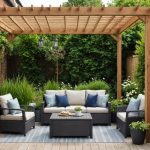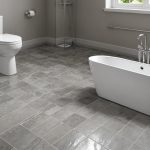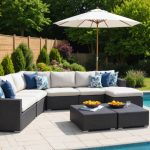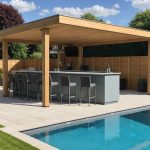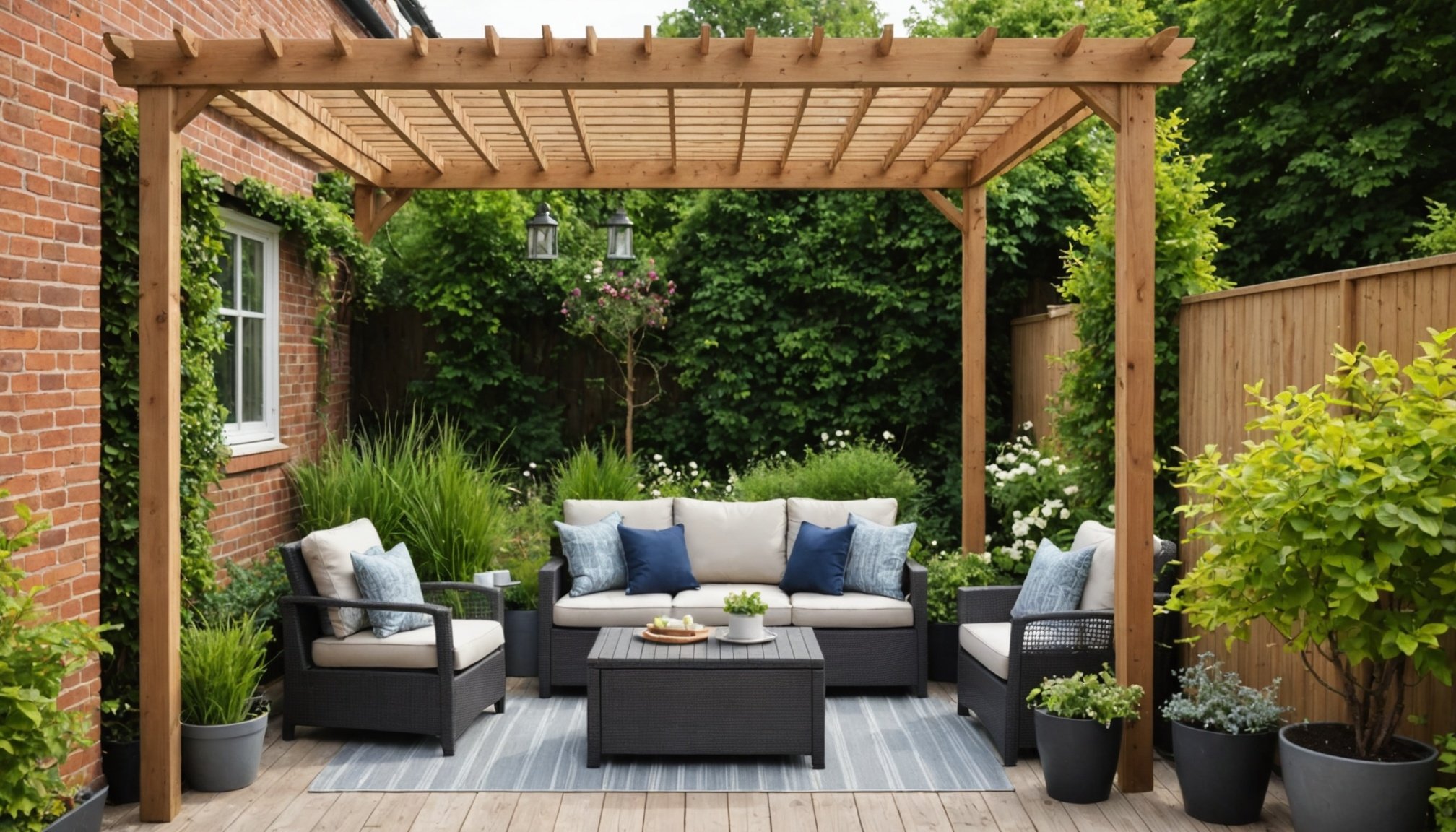Transform Your Compact Birmingham Garden: A Step-by-Step Guide to Crafting a DIY Pergola
Why a Pergola is Perfect for Your Compact Garden
When it comes to enhancing your outdoor space, especially in a compact Birmingham garden, a pergola can be a game-changer. This structure not only adds a touch of elegance but also serves as a functional element, providing shade, supporting plants, and defining different areas within your garden.
“A pergola is like a frame for your garden,” says Roxanne Batson, co-owner of TruBlue of Birmingham, a company specializing in handyman and home modification services. “It gives you a sense of structure and can make your outdoor space feel more inviting and organized.”
In parallel : Transform Your Compact Manchester Townhouse: Tips for Designing a Versatile Guest Room
Planning Your Pergola: Design Considerations
Before you start building, it’s crucial to plan your pergola carefully. Here are some key design considerations to keep in mind:
Assess Your Space
Evaluate the size and layout of your garden. Consider where the pergola will be placed and how it will interact with other elements like decking, garden furniture, and plants.
Also to see : Discover the Best Techniques for Effortlessly Eliminating Hard Water Stains from Bathroom Tiles in Kent
Choose the Right Materials
You have a range of materials to choose from, including wood, metal, and composite decking. Each material has its pros and cons:
| Material | Pros | Cons |
|---|---|---|
| Wood | Natural look, can be stained or painted, eco-friendly | Requires maintenance, prone to rot and insect damage |
| Metal | Durable, low maintenance, modern look | Can be expensive, may rust if not coated |
| Composite Decking | Low maintenance, resistant to rot and insects, durable | Can be expensive, may not have a natural look |
Consider the Purpose
Will your pergola be used for shade, as a support for climbing plants, or as a decorative element? This will help you decide on the design and features.
Step-by-Step Guide to Building Your Pergola
Building a pergola can be a rewarding DIY project if you follow these steps:
Gather Your Tools and Materials
- Post hole digger or shovel
- Concrete mix
- Pergola posts
- Beams
- Screws or nails
- Drill
- Measuring tape
- Level
- Safety gear (gloves, safety glasses)
Prepare the Site
- Mark the Area: Use a string and stakes to mark out the area where your pergola will stand.
- Dig the Holes: Use a post hole digger or shovel to dig holes for the posts, about 12 inches deep.
- Set the Posts: Place the posts in the holes and fill with concrete to secure them.
Assemble the Frame
- Attach the Beams: Use screws or nails to attach the beams to the top of the posts.
- Add Crossbeams: If desired, add crossbeams for additional support and a more intricate design.
Add Roofing and Decorations
- Install Roofing: You can add a solid roof, a trellis, or leave it open depending on your design.
- Plant Climbing Plants: If you want to use your pergola as a support for plants, now is the time to plant them.
Tips for a Low Maintenance Pergola
To ensure your pergola remains a beautiful and functional part of your garden for years to come, here are some tips for low maintenance:
Use Durable Materials
Opt for materials like composite decking or treated wood that are resistant to rot and insects.
Regular Cleaning
Clean your pergola regularly to remove dirt and debris. For wooden pergolas, apply a sealant or stain periodically.
Inspect Regularly
Check your pergola for any signs of damage or wear, especially after harsh weather conditions.
Integrating Your Pergola into Your Garden Design
A pergola can be more than just a standalone structure; it can be an integral part of your garden design. Here are some ways to integrate it seamlessly:
Use it as a Focal Point
Place your pergola in a prominent area of your garden to create a focal point. You can adorn it with flowers, vines, or other decorative elements.
Define Different Areas
Use your pergola to define different areas within your garden, such as a seating area or a pathway.
Incorporate Garden Furniture
Place garden furniture under or around your pergola to create a cozy outdoor living space.
Real-Life Examples and Anecdotes
At TruBlue of Birmingham, the team has helped numerous clients transform their gardens with pergolas. Here’s an example:
“A client needed a pergola that would allow minimum sun and rain exposure,” recalls Aaron, a technician at TruBlue. “We designed a pergola with a solid roof and integrated it with the client’s existing decking. The result was a perfect outdoor space that was both functional and beautiful.”
Transforming your compact Birmingham garden with a DIY pergola is a rewarding project that can enhance your outdoor living experience. By carefully planning your design, choosing the right materials, and following a step-by-step guide, you can create a pergola that is both beautiful and functional.
“Remember, the key to a successful DIY project is planning and patience,” advises Roxanne Batson. “Take your time, and don’t be afraid to seek help if you need it. The end result will be worth it.”
With these tips and a bit of creativity, you can turn your garden into a perfect outdoor space that you’ll enjoy for years to come. So, get started, and make sure to share your DIY pergola project on social media to inspire others

